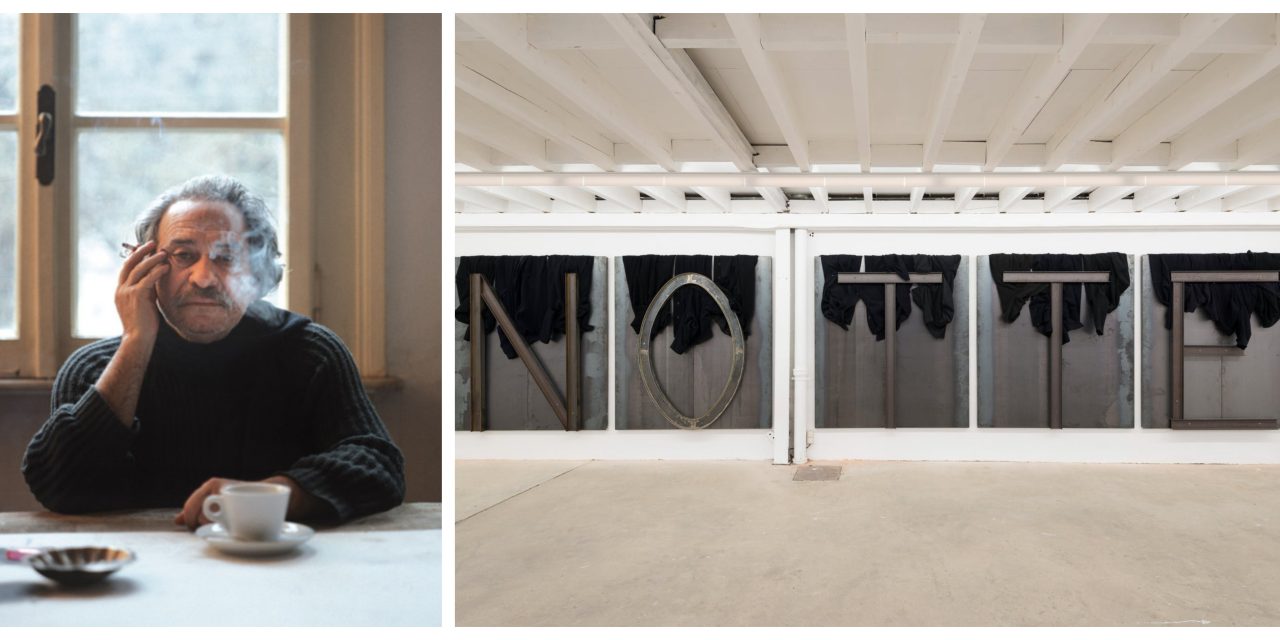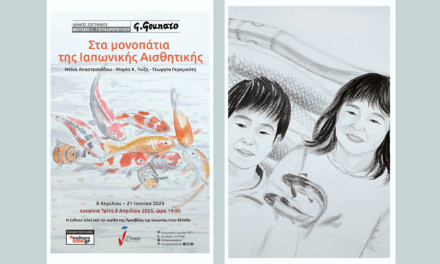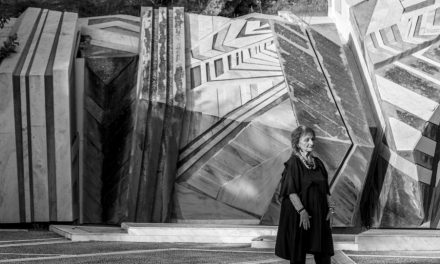On this day, four years ago, the art world got poorer as Jannis Kounellis (March 23, 1936 – February 16, 2017), one of the founding fathers of the “Arte Povera” movement, passed away. Considered a giant of the postwar European art scene, Kounellis will be the subject of a major survey in 2022 -as it was recently announced- marking the first time the artist has been given such a large showcase in the United States in 35 years. More specifically, the exhibition is set to open at the Walker Art Center in Minneapolis (in October next year), marking the biggest exhibition in North America devoted to Kounellis since his death in 2017.
Roughly five years in the making, the Kounellis survey will include some 80 works, offering the most comprehensive assessment of his career to date. Assembled with the full cooperation of the artist’s estate and featuring a host of international loans, the exhibition aims to revisit Kounellis’ innovative practice through key stages of his career, examining both iconic works and pieces rarely or never-before-seen.
Jannis Kounellis was born in Piraeus, Greece, in 1936; World War II and ten years of civil war were backdrops to his childhood. In 1956, he relocated to Italy to study at the Academy of Fine Arts in Rome, where he held his first solo exhibition (1960). In his early works, clearly influenced by the Italian avant-garde spirit (Burri, Fontana, etc.), he portrayed symbols of mass urban civilization – numbers, and letters – on monochrome surfaces. Following a two-year hiatus from painting, in 1967 he surfaced as an influential contributor to the newly emerging ‘Arte Povera’ movement, and his art developed as a mixture of painting, sculpture, collage, and installation.
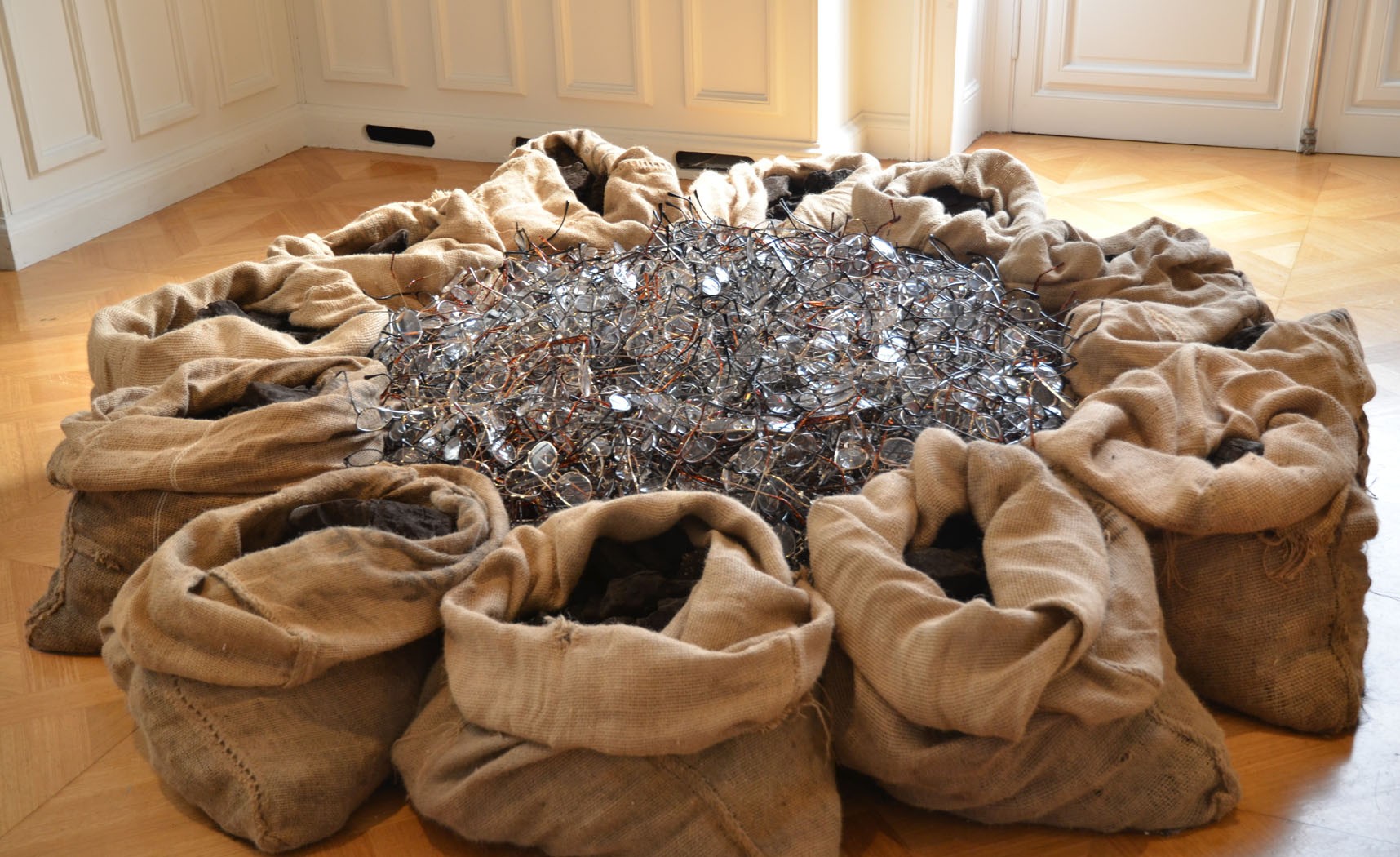 Coined by curator Germano Celant, the term “Arte Povera” means literally ‘poor art’ but the word “poor” here refers to the movement’s signature exploration of a wide range of materials beyond the traditional ones of oil paint on canvas, bronze, or carved marble. What these artists had in common was open-ended experimentation, working outside formal limitations. Thus, the Arte Povera term did not refer to impoverished materials, but to art made without restraints.
Coined by curator Germano Celant, the term “Arte Povera” means literally ‘poor art’ but the word “poor” here refers to the movement’s signature exploration of a wide range of materials beyond the traditional ones of oil paint on canvas, bronze, or carved marble. What these artists had in common was open-ended experimentation, working outside formal limitations. Thus, the Arte Povera term did not refer to impoverished materials, but to art made without restraints.
Within this context – though without ever ceasing to define himself as a painter- Kounellis embarked on a radical revision of the concept of the painting work, where form retains its aesthetic role and its interpretive power, but also acquires life and motion, demands the viewer’s participation and intervenes in the spatial architectural structure. His work is characterized by the unusual combination of everyday material, including soil, wool, coal, iron, stones, sacks, wood, live animals, bed frames, and doorways.
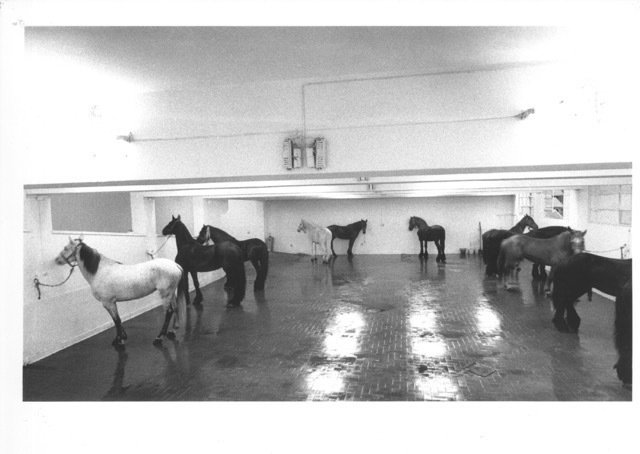 His performative pieces rank among his most celebrated works, with 12 Horses (a 1969 piece involving a dozen live horses arranged in a gallery space and exhibited as an art object) regarded by some as a masterpiece. However, as Kounellis himself claimed, his works were like paintings, still, because they contained stories.
His performative pieces rank among his most celebrated works, with 12 Horses (a 1969 piece involving a dozen live horses arranged in a gallery space and exhibited as an art object) regarded by some as a masterpiece. However, as Kounellis himself claimed, his works were like paintings, still, because they contained stories.
“Everything I do is painting, even if I don’t touch a brush. I tell my truth as a painter.”
Since 1960, Kounellis exhibited all over the world and his work is part of major public collections: Tate Modern, London; Centre Pompidou, Paris; MoMA and Guggenheim, New York among others. Recent solo exhibitions include his major retrospective at Fondazione Prada, Venice (2019); the Monnaie De Paris, Museo Espacio (2016); the Musée d’Art Moderne, Saint-Etienne (2014); MIMA, Middlesbrough Institute of Modern art; Parasol Unit, Foundation for Contemporary Art, London; Museum of Cycladic Art, Athens (2012); Today Art Museum, Beijing; National Centre for Contemporary Art, Moscow (2011); Neue Nationalgalerie, Berlin (2007), and Greece’s National Museum of Contemporary Art (EMST) in 2004. He had also participated several times in group exhibitions and prestigious international events, such as the Paris Biennial, Documenta, and the Venice Biennial.
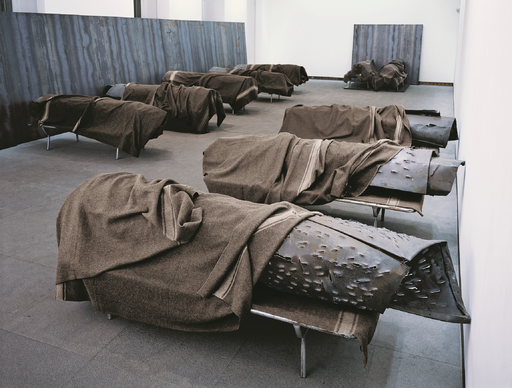 With a career spanning more than sixty years, Kounellis’s oeuvre remains resonant for contemporary audiences. Through his ambitious works, Kounellis challenges the traditional notions of both painting and the gallery space. Moreover, the use of antithetical media expresses the tension and alienation of our contemporary society; a contemporary society that on the one hand is built upon mass urban and industrial civilization and on the other retains a link to traditional, primitive, and individual values.
With a career spanning more than sixty years, Kounellis’s oeuvre remains resonant for contemporary audiences. Through his ambitious works, Kounellis challenges the traditional notions of both painting and the gallery space. Moreover, the use of antithetical media expresses the tension and alienation of our contemporary society; a contemporary society that on the one hand is built upon mass urban and industrial civilization and on the other retains a link to traditional, primitive, and individual values.
As Kounellis himself had described: inorganic elements provide structure, organic elements provide sensibility. This dichotomy culminates in installations that are simultaneously pensive and engaged, meditative and provocative, spontaneous and deliberate, succeeding in subtly positioning the audience so that they become active participants in the artist’s scene.
More info: Kounellis’ estate is represented by Gavin Brown’s enterprise, New York/Rome and Sprovieri, London.
E.S.
TAGS: ARTS | FESTIVALS | GLOBAL GREEKS | INTERNATIONAL EXHIBITIONS

